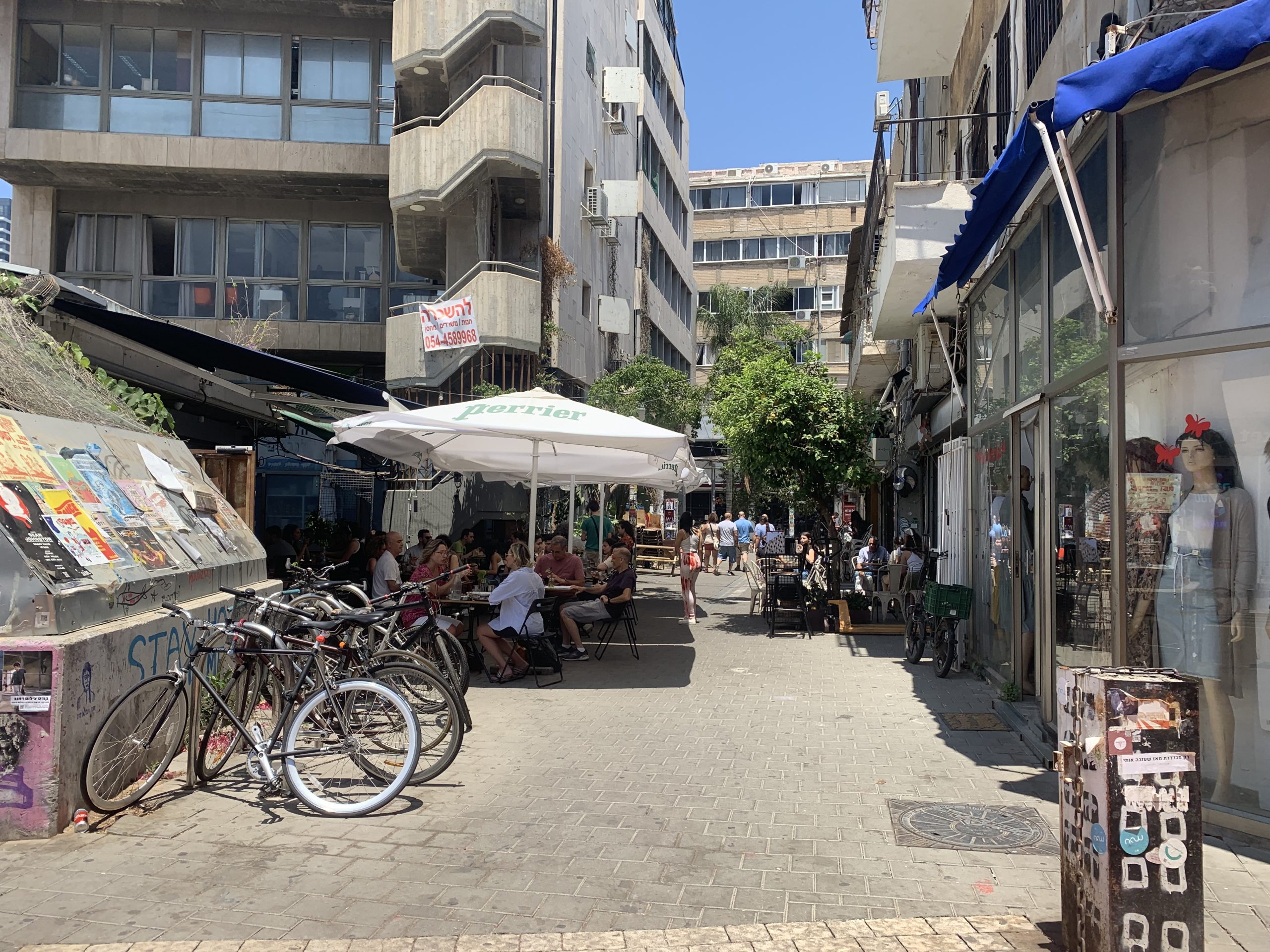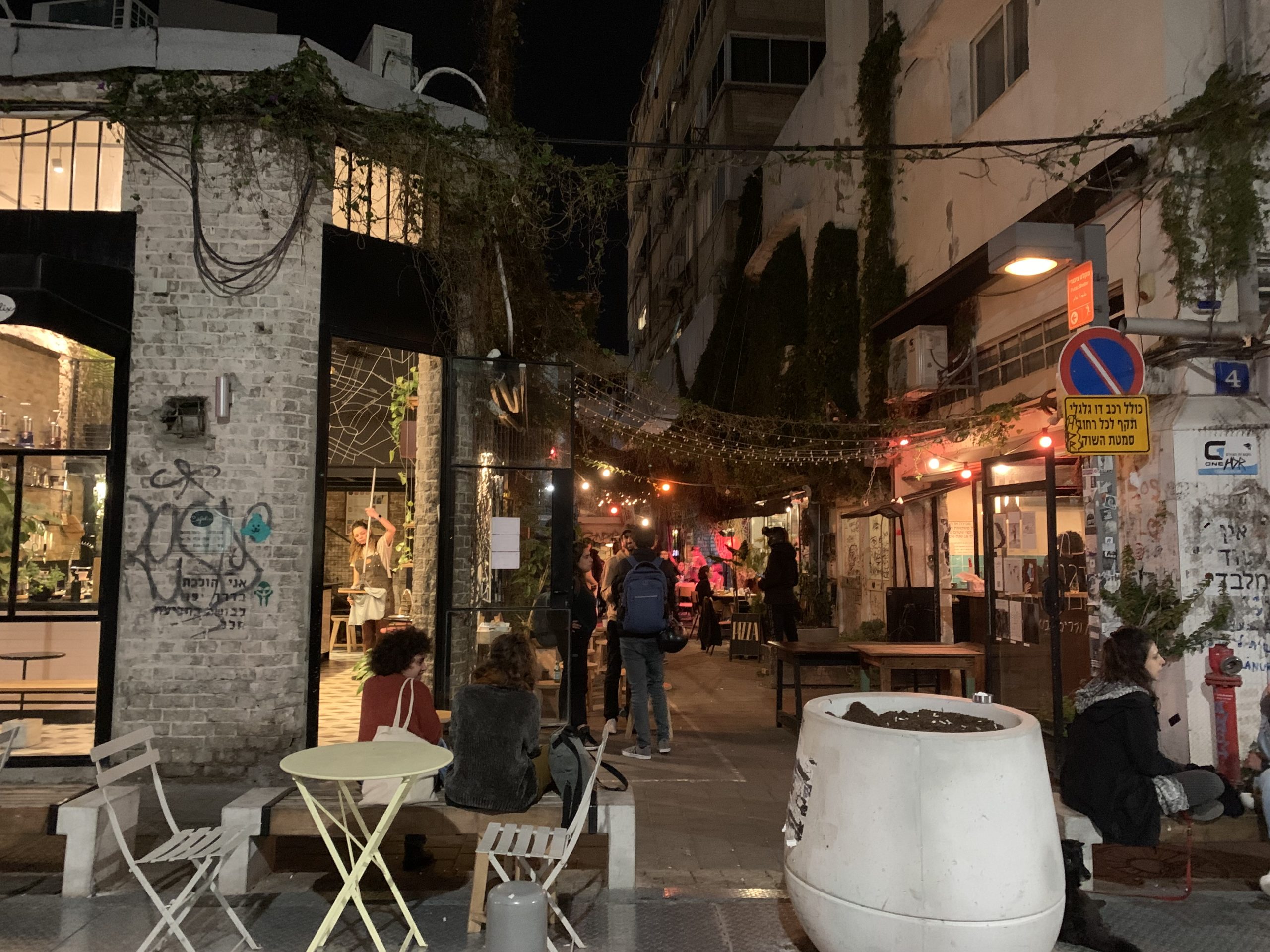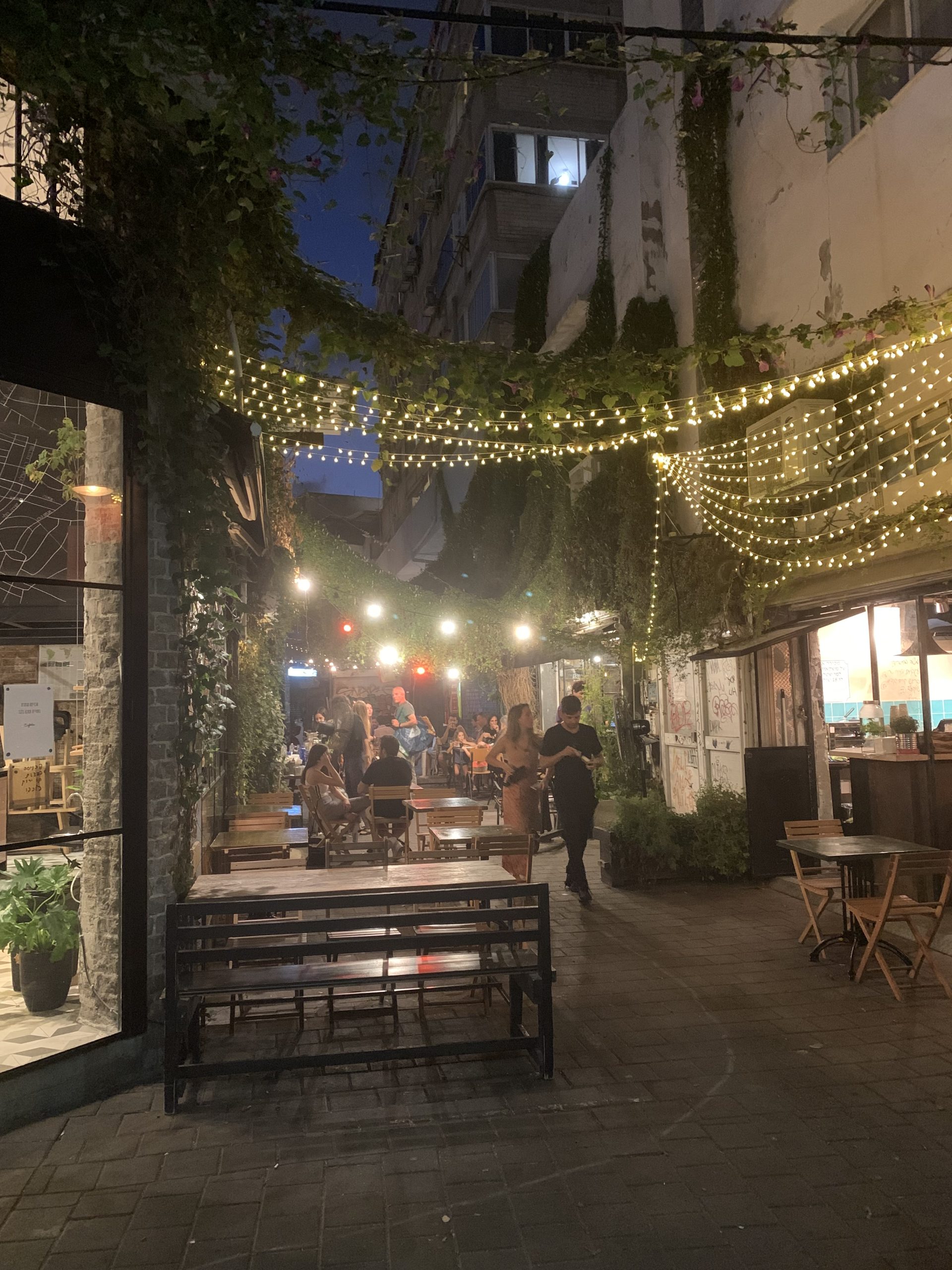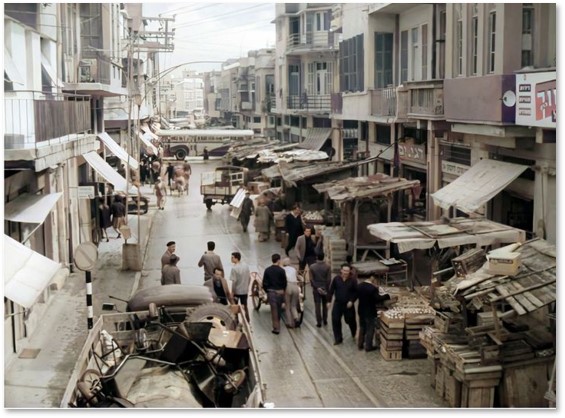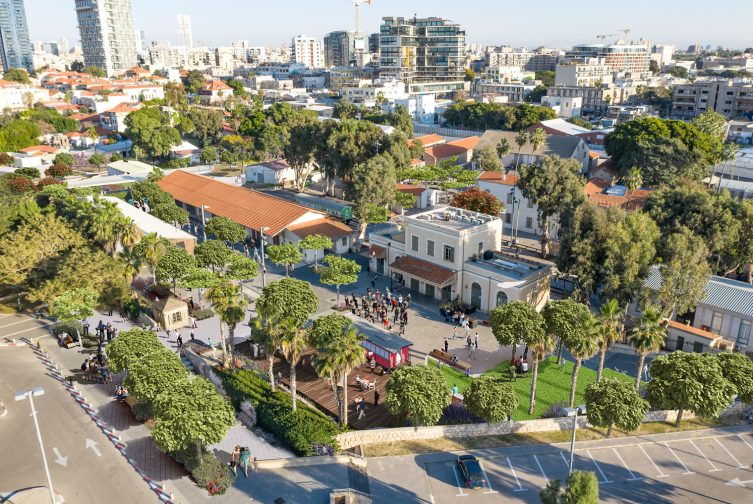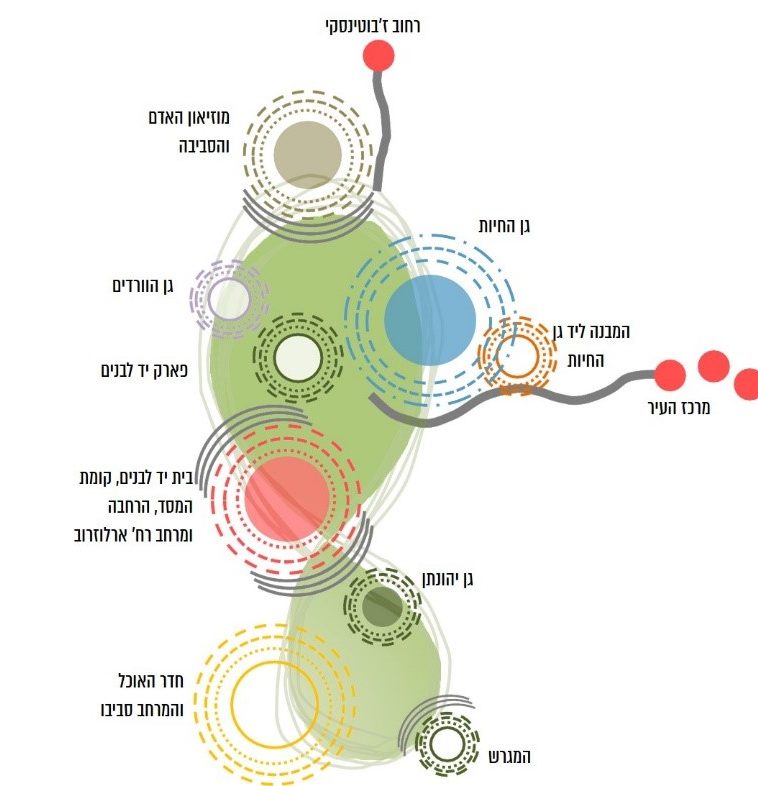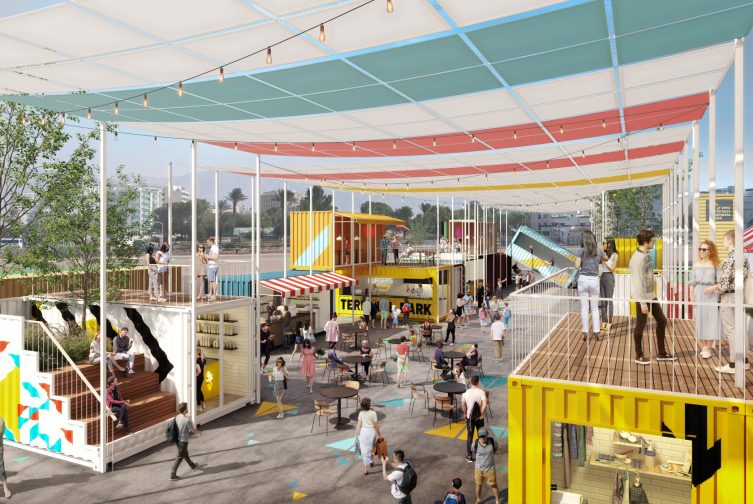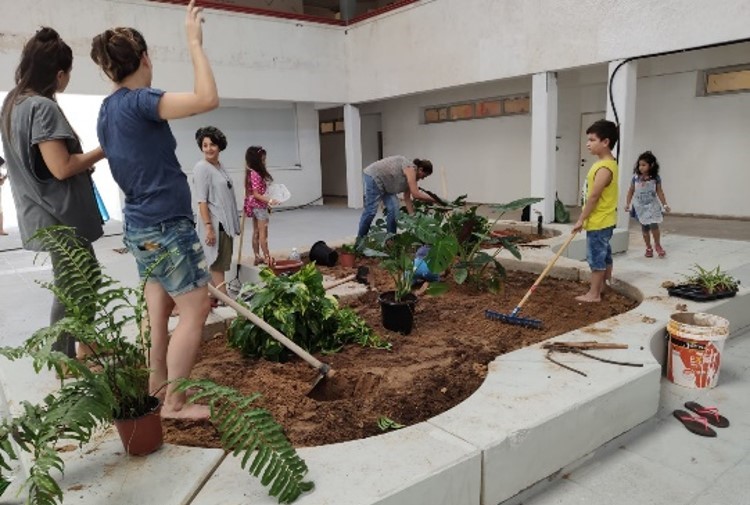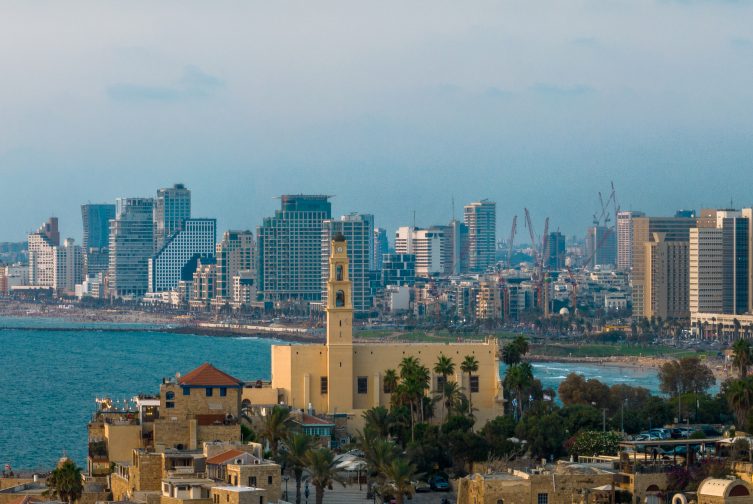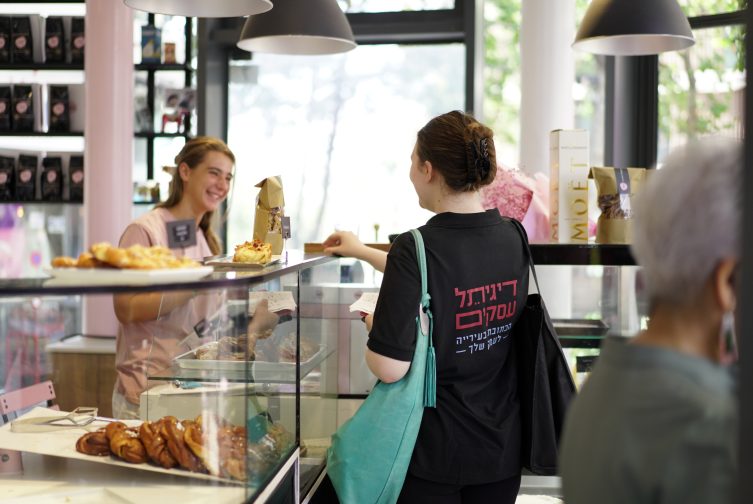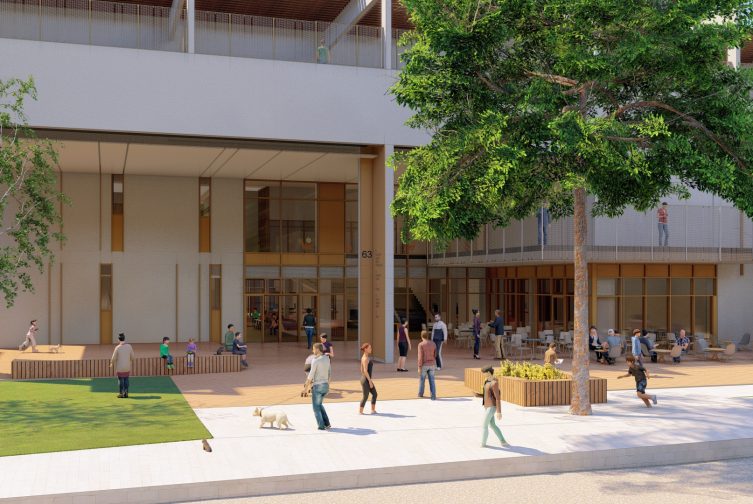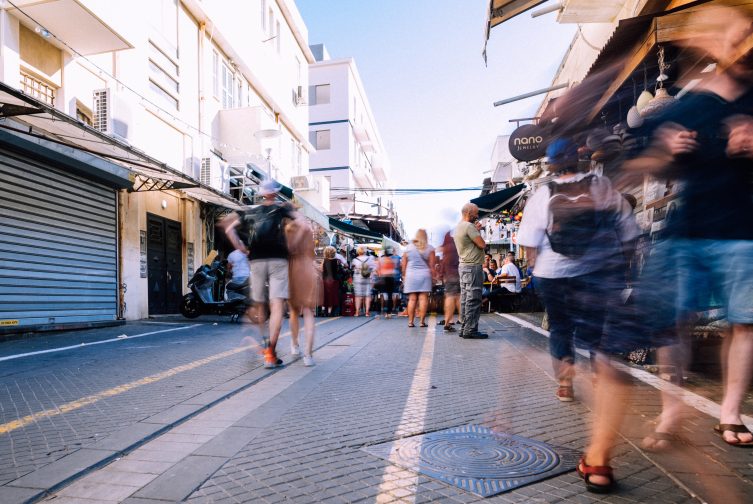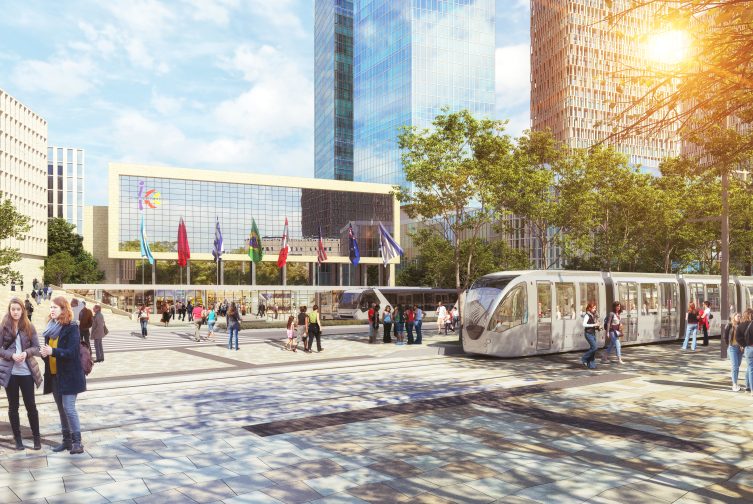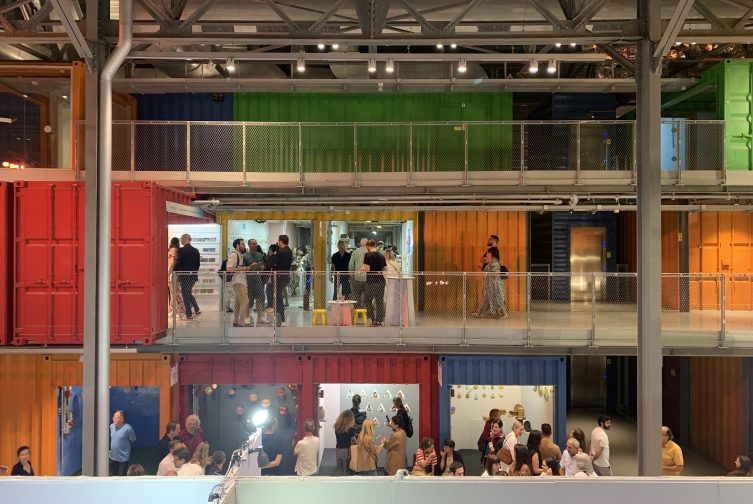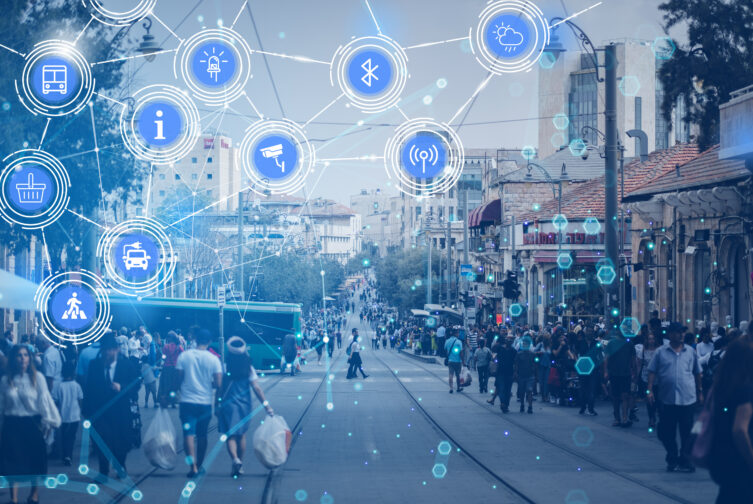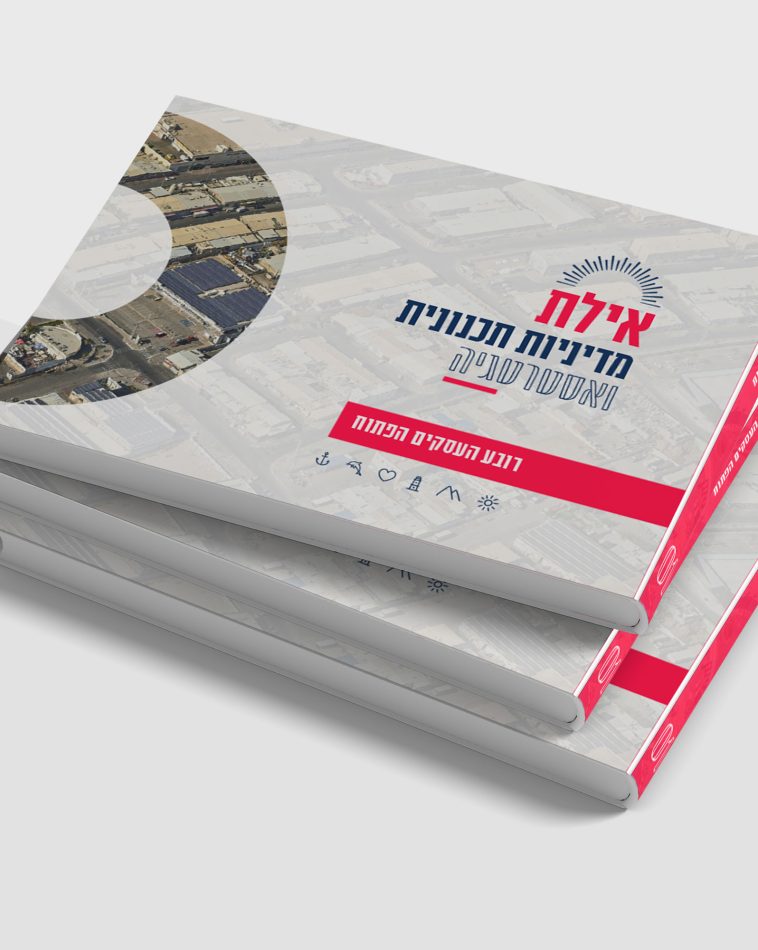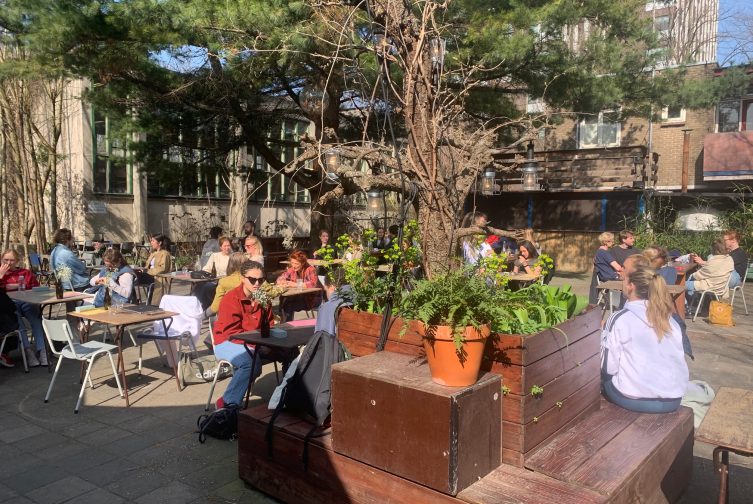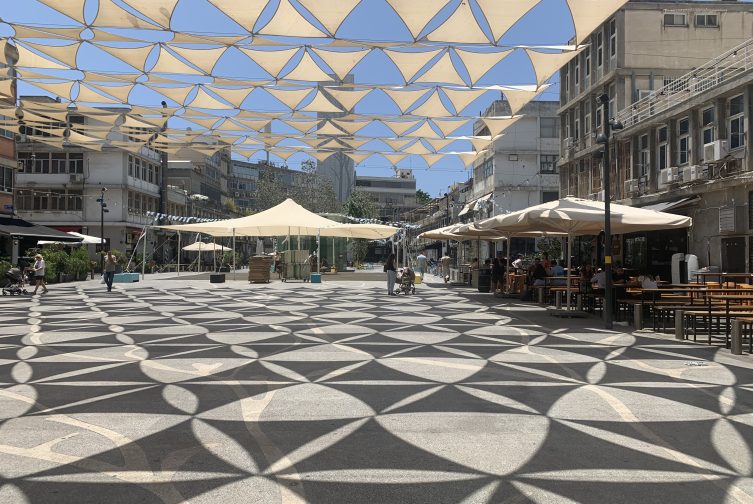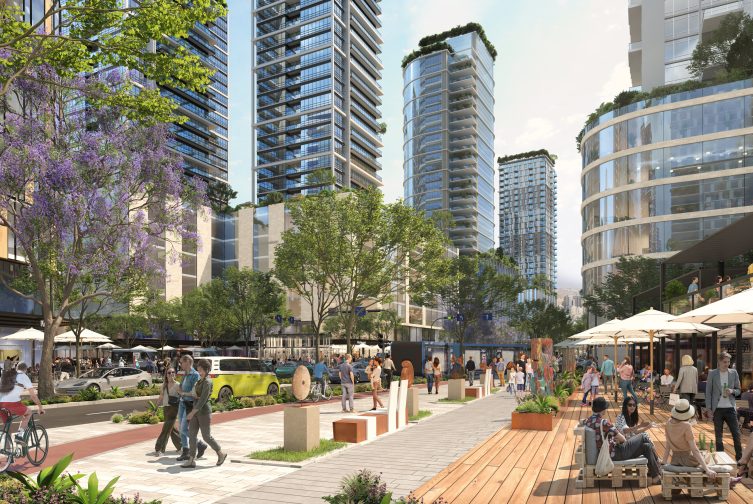Levinsky Market – Engaging, Walkable and Bustling
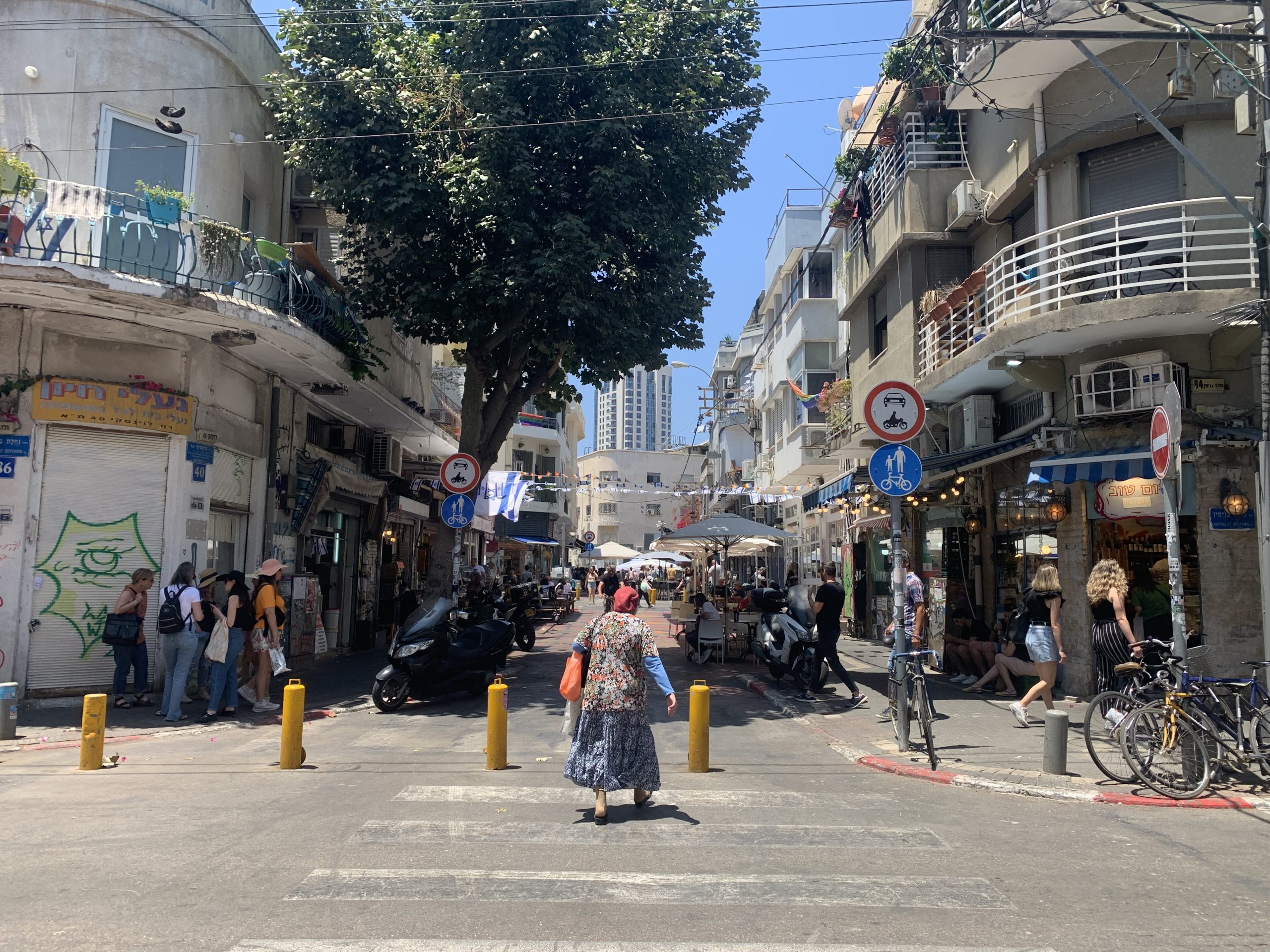
The Challenge
Levinsky Market, one of Tel Aviv’s bustling urban spaces, was tactically renewed with its closure to vehicular traffic. The closure proved to be a successful urban move and turned the street into a bustling, active thoroughfare with a supportive public space for businesses and visitors. However, there were issues to rectify: Some of the older businesses were pushed out as a result of the change, and street infrastructure and the layout of public spaces made it difficult to provide a quality response to the visitors. Examples of these challenges included evening lighting, shade, garbage disposal, seating and resting spaces, design and furnishing of public spaces, micro-mobility movements, unloading and loading, community and business, statutory and managerial aspects, and more.
Our Role
In order to address the growth and development challenges of the Levinsky market, we formulated a strategic plan and Programmatic requirement document for the public sphere, which relate with maximum sensitivity to conflicts that take place in the space, such as the dilemmas: How do you improve an urban space without harming its ‘urban roughness?’How do we prevent the displacement of veteran businesses, which for years have defined the identity of the Levinsky Market, without harming natural development and the free market economy? Is Lewinsky’s future identity necessarily a ‘market,’ even though it is not officially defined as such?
The program defined a central theme that looks at the network of streets surrounding Levinsky and defines a walkable space, with specific reference to a variety of disciplines and the integration between them: soft interventions, design and interaction of street junctures, traffic, content and activities, engagement and management models, and more.
The Impact
Levinsky Market began the planning and execution process of renovation, gradually and sensitively, according to the principles of the plan:
- Evolution, not Revolution: Solutions that preserve and enhance the existing charm, experience, and DNA of a mixed, rugged, and urban street, preserving cultural and historical elements.
- Upholding the idea of the ‘market’ so that its identity and “magic” can be preserved —and not turned into a pedestrian-recreation zone that would sever its identity and uniqueness.
- Residents and businesses first, as a “public living room” with optimal community and business value, while sharing and partnering with stakeholders along the way. This approach will, in turn, draw visitors and tourists.
- Soft interventions, by using as much as possible soft and relatively quick solutions that enable urban experimentation, and do not paralyze the street (or even part of it) over time.
- Sustainable solutions, by empowering existing elements, green walking and seating areas, small businesses, sustainable transportation within the space, reuse of air conditioner water, elimination of hazards from the public space, and more.
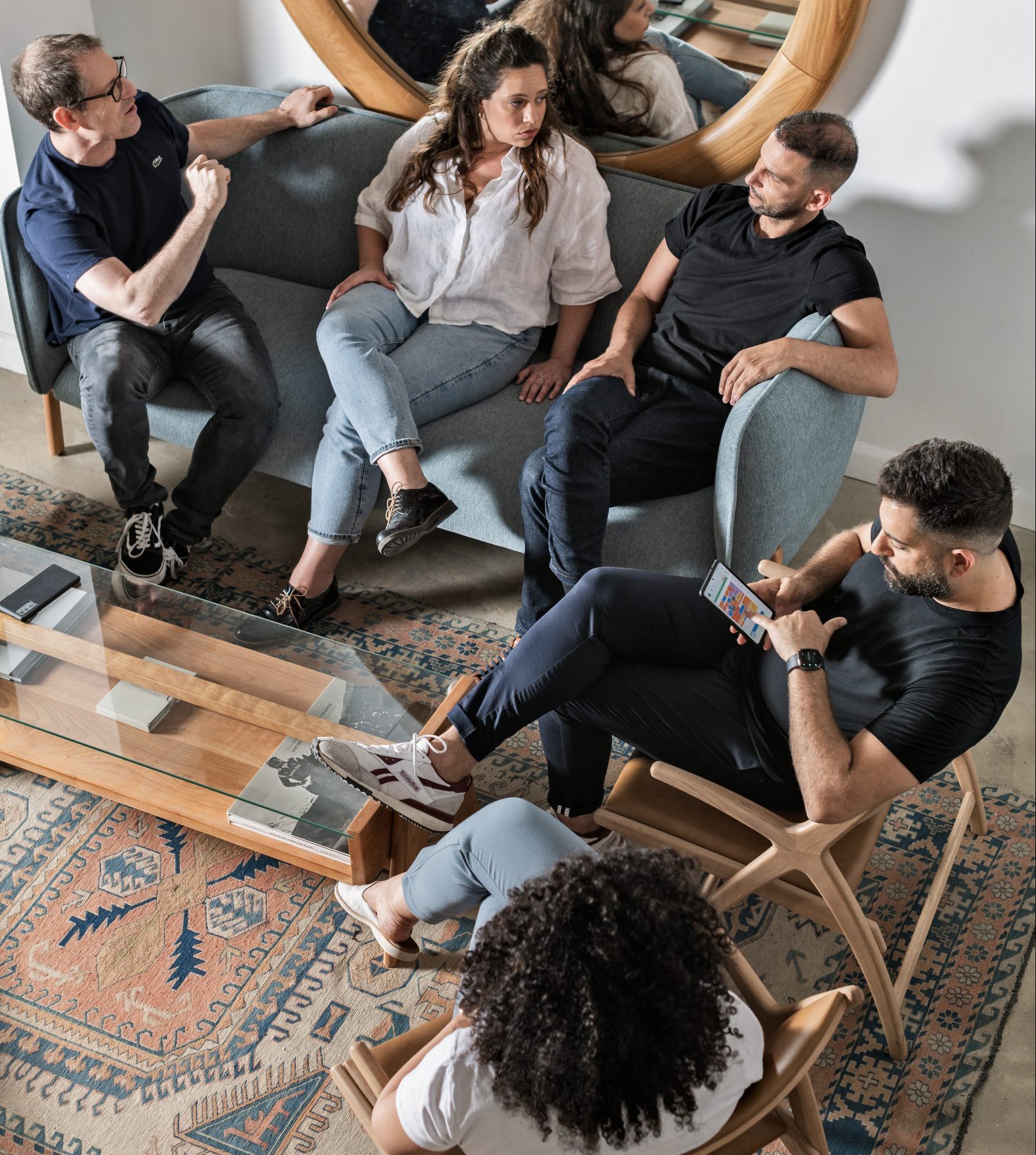
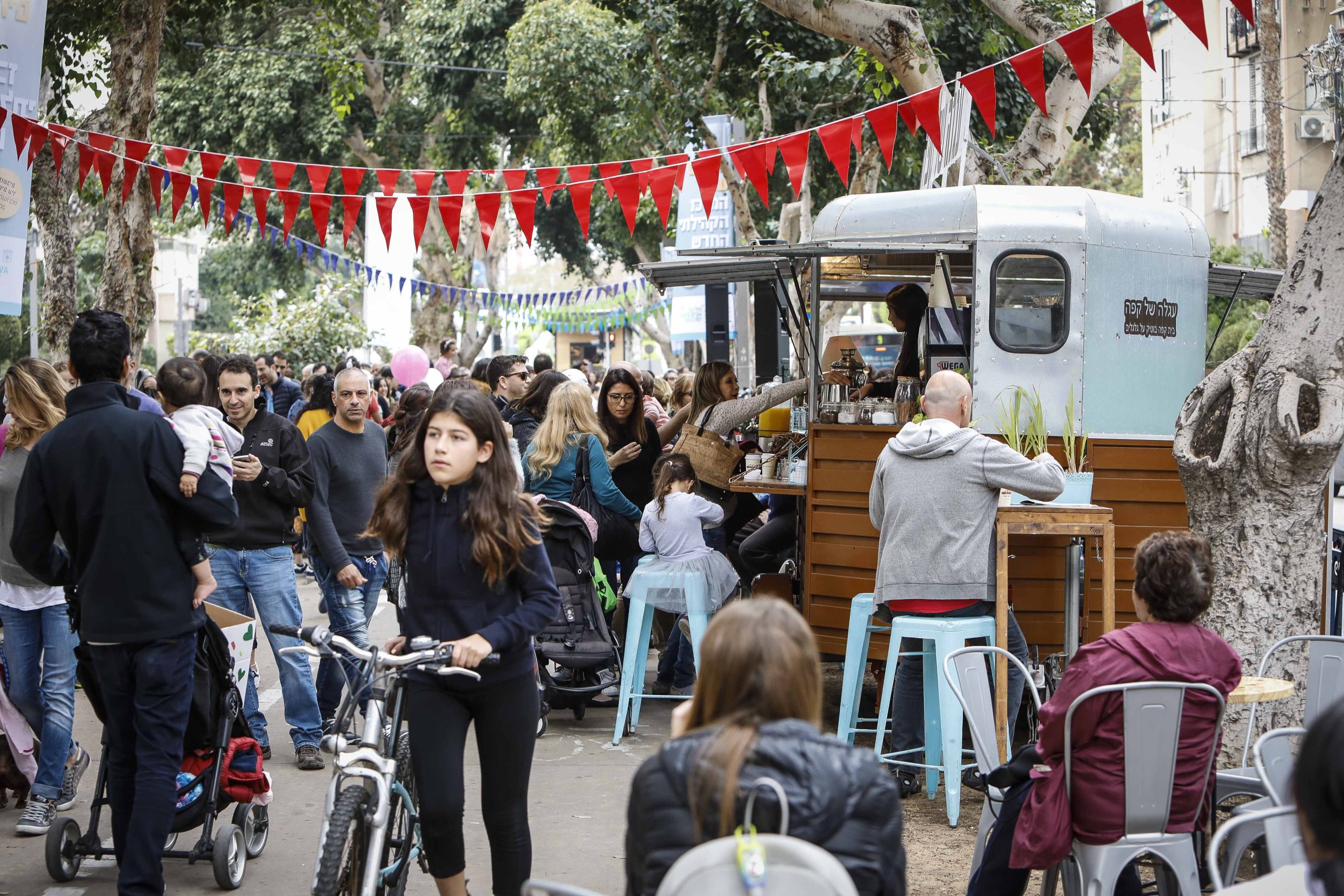
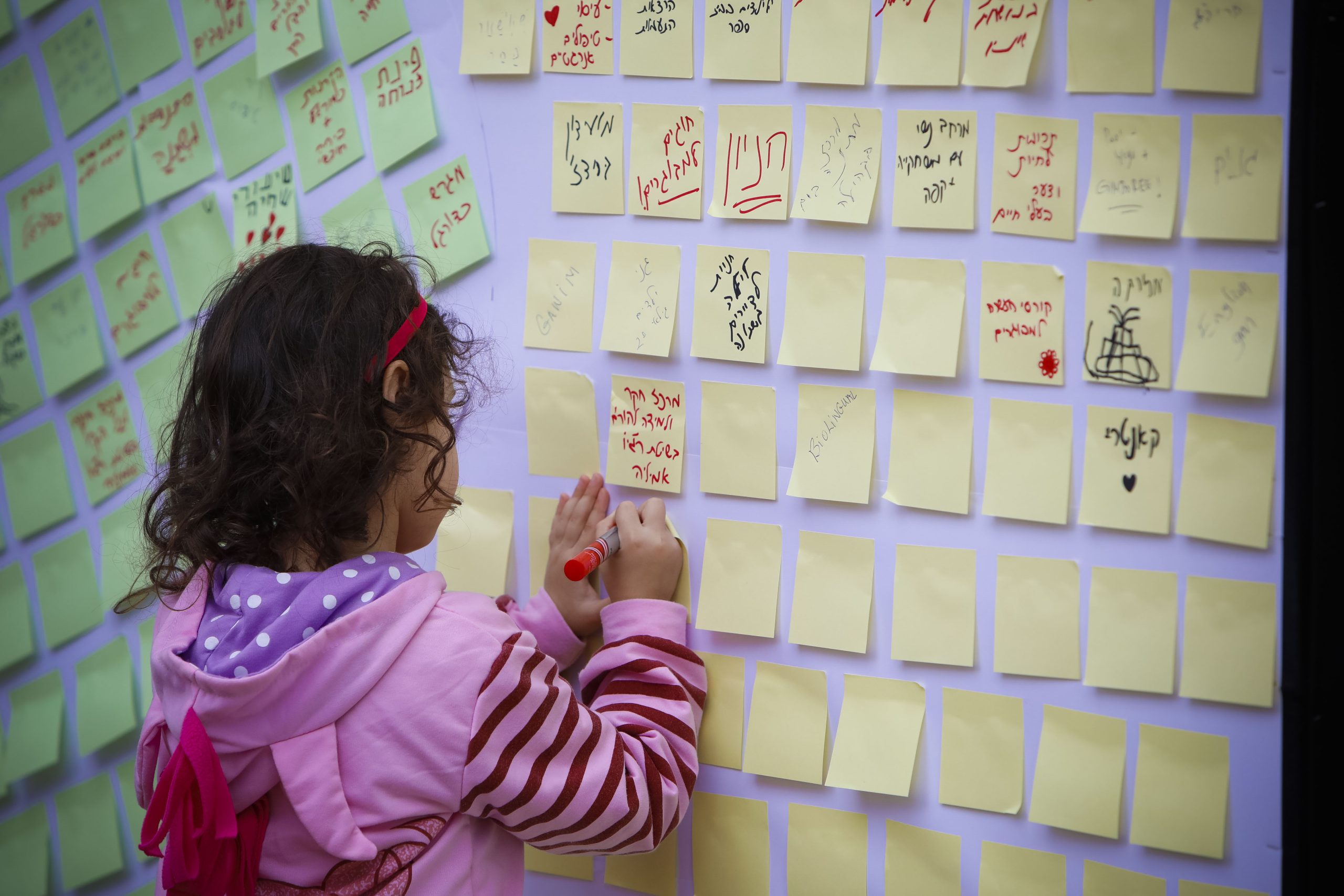
 int(166)
int(166)

